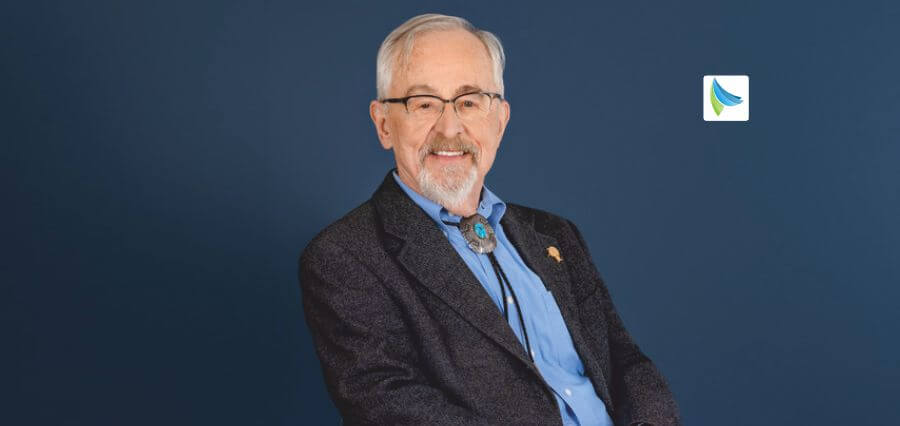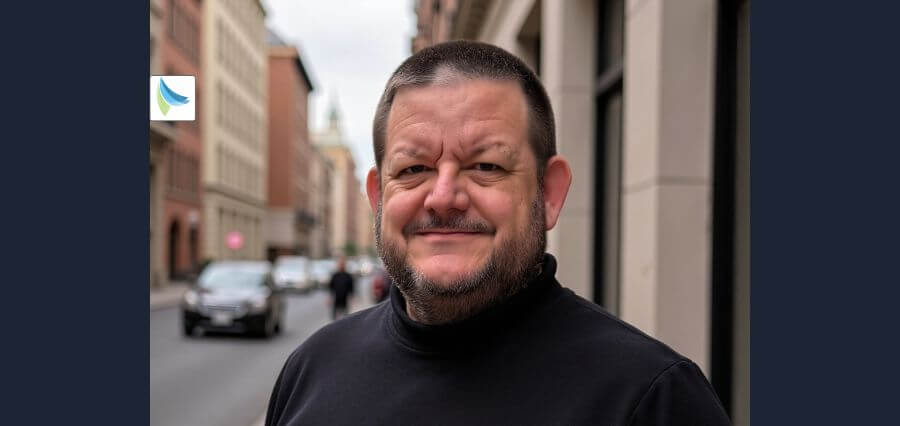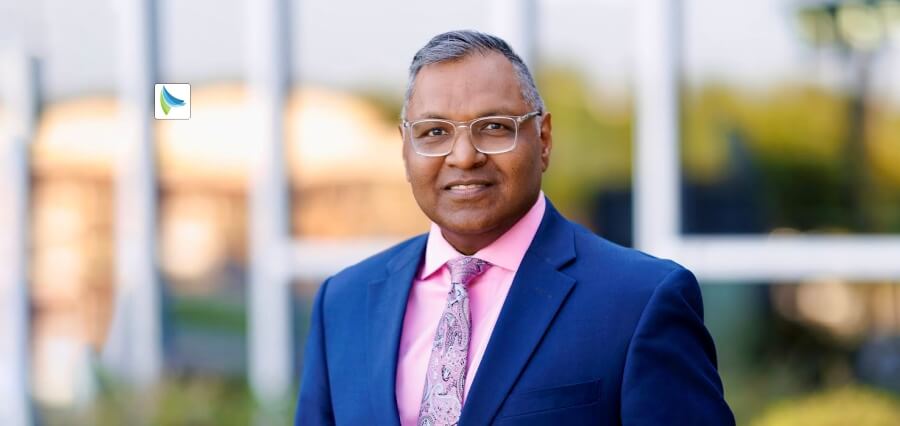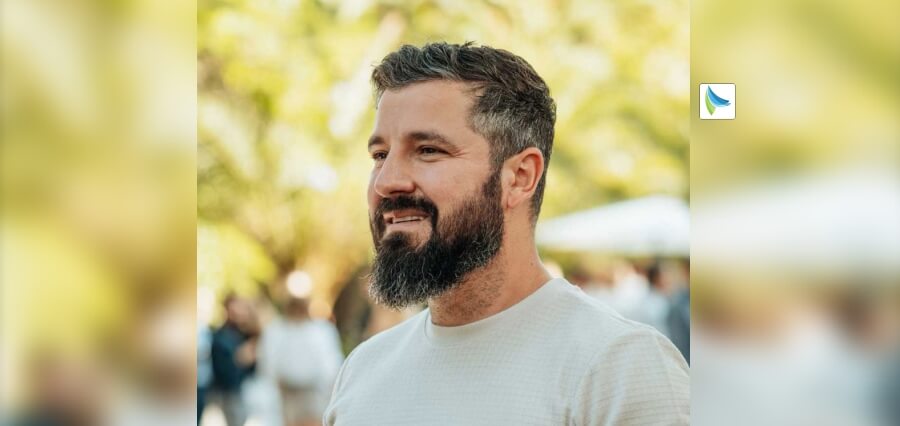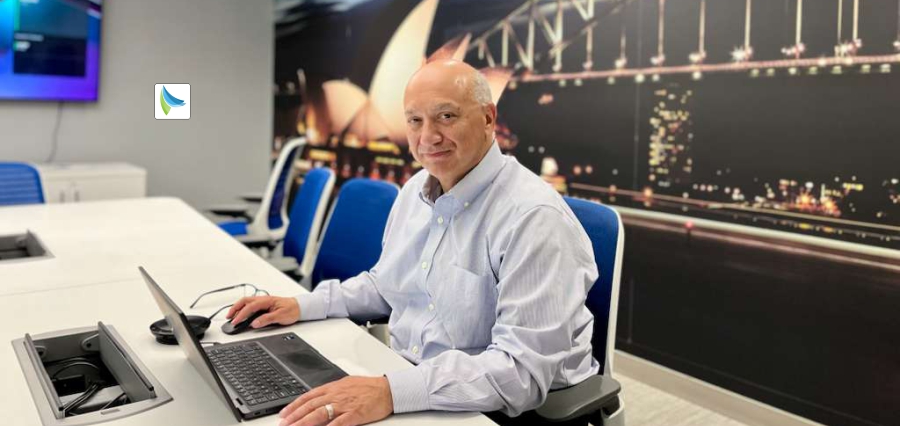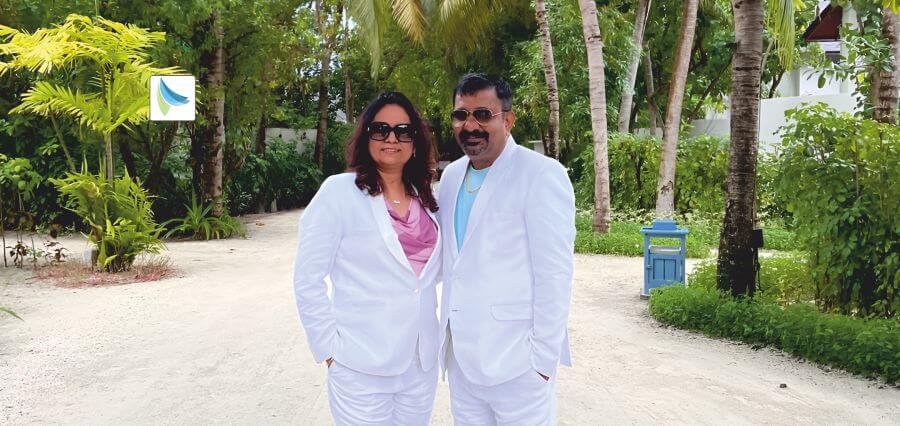Dr. Richard “Dick” Larson is not just a name etched in the archives of operations research — he is a pioneering force whose work has transformed urban systems, emergency planning, technology-enabled learning, and beyond. As a professor at the Massachusetts Institute of Technology (MIT), Dr. Larson has led decades of innovative research in areas that directly touch the lives of millions — from the design of smarter emergency services to pandemic modeling, and from queueing theory to global educational outreach. His influence straddles both the theoretical frameworks that shape academic discourse and the practical tools that power modern cities and classrooms.
What sets Dr. Larson apart is not just the breadth of his contributions but the humanistic vision underlying them. Whether improving the response time of ambulances or enhancing student access to high-quality STEM education through MIT BLOSSOMS, his work consistently seeks to make systems more efficient, equitable, and sustainable. His career bridges engineering, social good, and education — domains too often siloed — and turns abstract algorithms into life-changing applications.
Now, as a respected voice in academia and an active innovator post-tenure, Dr. Larson continues to drive forward-thinking initiatives that embrace data, technology, and human behavior. In his own words, it’s not about waiting for the future; it’s about designing it.
Early Foundations in Engineering and Curiosity
Dr. Richard Larson was born in 1943 in Bayside, Queens, New York City, into a modest family. His father, Gilbert C. Larson, laid early foundations for a life of intellectual pursuit. After moving through various towns in Pennsylvania and New Jersey, he completed high school in Needham, Massachusetts. His academic excellence and inquisitive spirit led him to the Massachusetts Institute of Technology (MIT), where he completed his Bachelor’s, Master’s, and Ph.D. in electrical engineering by 1969 — a remarkably swift and focused academic journey.
From his earliest years at MIT, Dr. Larson demonstrated a unique ability to merge theory with practical application. Even as a student, he began working with real-world problems, a habit that would become the hallmark of his career. He credits the MIT environment for nurturing interdisciplinary collaboration and for giving him access to pioneering minds and urgent problems that demanded innovative solutions.
Transforming Urban Emergency Services
In the late 1960s and early 1970s, urban America faced mounting challenges—growing populations, resource-constrained emergency services, and public dissatisfaction. Dr. Larson entered this space with a mission: to bring systems thinking and operations research to the heart of city services. Partnering with RAND Corporation and focusing on New York City, he delved deep into how emergency response units—particularly police and ambulances — could improve dispatch systems through optimization.
His groundbreaking book, Urban Police Patrol Analysis, published in 1972, won the Frederick W. Lanchester Prize and became a seminal text in urban systems research. Dr. Larson’s models didn’t just sit on academic shelves; they were implemented in cities to improve public safety outcomes and response times. He demonstrated that mathematics and algorithms could, quite literally, save lives.
A Thought Leader in Queueing Theory
Public places often test our patience — think airports, banks, or amusement parks — and Dr. Larson became famously known as “Doctor Queue” for his pioneering work on queueing theory and the psychology of waiting lines. His work explored not only the mathematical underpinnings of queues but also the human behaviors associated with waiting. Why do people choose one line over another? How can technology reduce perceived wait times? Can systems be designed not just to optimize flow but also user satisfaction?
He addressed these questions through rigorous research and became a media favorite, featured on NPR and in the Washington Post, offering commentary on everything from Disney queues to emergency room wait times. His work has influenced not only operational models but also user experience strategies in countless public and private-sector services.
Leading with Vision in Technology-Enabled Education
In the 1990s, Dr. Larson turned his attention toward education, inspired partly by his own children’s learning experiences. Recognizing the transformative potential of the internet and multimedia, he became the Director of MIT’s Center for Advanced Educational Services in 1995. Under his leadership, the center became a hub for digital learning long before “online education” became mainstream.
One of his landmark achievements is the founding of the MIT BLOSSOMS (Blended Learning Open Source Science or Math Studies) initiative, which he continues to lead. This global project produces high-quality video lessons in math and science, distributed freely to educators and students worldwide. Through engaging storytelling, real-world problem-solving, and multi-lingual support, BLOSSOMS has impacted classrooms across Asia, Africa, the Middle East, and the Americas.
Dr. Larson also established the Learning International Networks Coalition (LINC), an MIT-based professional society that supports the global exchange of ideas in technology-enabled learning. His efforts have been instrumental in bringing world-class STEM education to underserved communities, aligning deeply with his belief that learning should be inclusive and scalable.
Leadership in Professional Societies and Consultancy
Dr. Larson has not confined his influence to classrooms or academic papers. He has served in leadership positions in several professional organizations, including two terms as President of the Operations Research Society of America (ORSA) and later as a founding Fellow of the Institute for Operations Research and the Management Sciences (INFORMS). He was awarded the George E. Kimball Medal and INFORMS President’s Award for his leadership and service to the profession.
In the consulting world, he has lent his expertise to a wide range of clients — from the United States Postal Service to the City of New York. His insights have helped streamline logistics, optimize resource allocation, and improve customer service strategies across industries.
These roles reflect a career that has bridged theory, leadership, and action — a trifecta that few academics achieve at such scale and longevity.
Recognition and Awards Across a Lifelong Career
Dr. Larson’s list of honors is as diverse as his research interests. In 1993, he was elected to the prestigious National Academy of Engineering for his groundbreaking contributions to operations research methodologies across public and private sectors. That same year, he received accolades for blending technology with social impact — an uncommon yet highly necessary focus.
He was also recognized with the Daniel Berg Lifetime Achievement Medal in 2017 by the International Academy of Information Technology and Quantitative Management. This award celebrated his lasting contributions to service systems, technology innovation, and decision sciences. These honors reflect not only technical brilliance but a deep commitment to applying knowledge for the greater good.
A Personal Commitment to Lifelong Learning
While accolades and titles mark his professional journey, Dr. Larson’s personal story reveals his deeper motivations. His interest in education reform grew out of experiences with his own children, which awakened him to the disparities and inefficiencies in global learning systems. Along with his late wife, Mary Elizabeth Murray, he traveled the world promoting the BLOSSOMS model, delivering seminars and building global alliances. Their shared vision and teamwork added a personal, heartfelt dimension to an otherwise highly technical field.
Today, even post-tenure, Dr. Larson remains active in academia and educational outreach. He continues to write, consult, teach, and innovate — never resting on past laurels. His belief that “learning should never stop, and neither should innovation” continues to shape his work and inspire future generations.
Legacy That Continues to Inspire
Dr. Richard Larson’s legacy is a masterclass in interdisciplinary brilliance. He has seamlessly combined data science, engineering, public policy, and education into a career that has touched lives across geographies and generations. His systems-thinking approach has redefined how cities function, how students learn, and how institutions respond to complexity.
What makes his journey even more compelling is its enduring relevance. At a time when cities are becoming smarter, education more digital, and services increasingly data-driven, the foundational work of Dr. Larson provides a roadmap for responsible, human-centered innovation.
From revolutionizing urban emergency response to founding global educational initiatives, Dr. Larson has shown that research can be both intellectually rigorous and socially transformative. In doing so, he has left behind not just theories and models, but real-world impact that continues to unfold.






